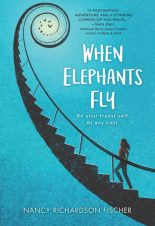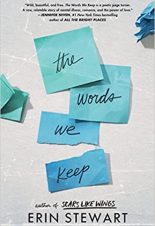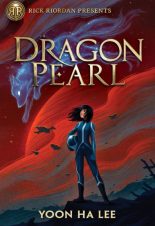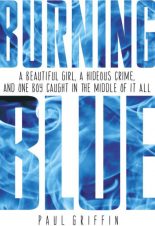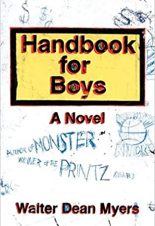
Buy This Book
“Ana understood now that the truth was always better than secrets or lies. Before she had told anyone about her illness, Ana felt powerless and alone. Now she realized that it didn’t have to be a secret; it was part of her, but it didn’t have to control her. She was free to live her life as fully and responsibly as she could.” –Ana’s Story: A Journey of Hope
Ana’s Story: A Journey of Hope
by Jenna Bush Hager
AR Test
14+
Score
6.2
304
For much of her youth, Ana’s life consisted of secrets. Her Abuela, who took care of her after her mother died, warned Ana never to tell anyone the truth about herself – the truth that she was HIV positive. Ana clung to her grandmother’s words despite the fear and isolation secrecy brought. Although she was infected as an infant, Ana did not fully understand the virus and what it meant to live with HIV, but Ana listened to her grandmother and “did what she was told. She accepted her life at face value.” Ana kept the secret of her HIV and the death of her Mamá and baby sister, Lucía, who both died of the virus, to herself, dwelling in the loneliness her dangerous secret produced.
After her father’s death when she was about eleven years old, Ana had to learn how to grow up quickly. She promised her Papá she would protect her little sister Isabel, but this proved difficult as her Abuela’s home was far from a safe place. Ana and her sister endured sexual abuse from their Abuela’s boyfriend, Ernesto, and when Ana tried to tell the truth to her grandmother, she was beaten. After addressing her abuse in a letter to the Church, the police arrived to remove Ana and Isabel from their Abuela’s house.
Ana and her sister went to live with their great-aunt Sonia and her family but had little luck finding love and comfort there. Although Isabel was better at staying quiet and invisible, Ana, with her rambunctious spirit, was often fighting with her family and suffered more beatings and abuse. Ana preferred the company of her trusted friend, Yolanda, and Yolanda’s mother, who accepted Ana as her own daughter. With the help of a trusted teacher, who witnessed Ana’s bruised arms and sad eyes, Ana was moved out of her great-aunt Sonia’s house to a reform center. Unfortunately, this meant she had to leave her sister, Isabel, behind.
At the center, Ana met Berto and the two instantly clicked. They found comfort in their similar journeys. Both had lost their parents, and both were HIV positive. Eventually, Berto and Ana were moved to a home for people living with AIDS. Living at the house was the first time Ana really felt comfortable talking about her HIV. For once, Ana did not have to feel the shame or burden of her secret; instead, she was loved and accepted. Ana learned more about HIV and how to protect herself and others. Feeling safe at her new home, Ana and Berto fell in love, and although she was told to always use condoms, the two neglected protection for one night and Ana found herself pregnant at the age of seventeen.
Rather than feeling burdened by the pregnancy and having to quit school, Ana found hope with the birth of her daughter, Beatriz. Ana was determined to raise her with all the love and support that Ana was denied. After Beatriz was born, Ana moved into her Aunt Aída’s house and reconnected with her family, including Isabel. Although Ana and Berto eventually drifted apart, Ana continued to raise her daughter with unconditional love. Ana took every precaution during and after birth to protect her daughter from HIV.
Ana’s Story: A Journey of Hope was inspired by Jenna Bush’s experience working with UNICEF in Latin America and the Caribbean and the amazing children she met. Bush adapts a genuine and personal tone while telling Ana’s story, and even though Ana faced many difficult moments in her life, her journey is thoroughly uplifting and inspiring. The book is written in a way that allows young readers to understand the gravity of Ana’s situation while also acknowledging the hope that permeates her life. Although the book ends abruptly before Beatriz’s final HIV test, Bush assures readers Ana’s story is far from over.
By sharing Ana’s story, Bush teaches the importance of hope. Although Ana’s journey seems dark and tumultuous at times, Ana stays optimistic, doing all she can to give her child and herself a better life. Ana’s story also serves to inform readers about HIV and AIDS in the hopes of breaking the stigmatization of those living with the virus. While Ana is HIV positive and takes medicine daily to protect her health, she does not let the virus define her. At the end of the book, Bush includes multiple resources on HIV/AIDS, safe sex practices, ways to prevent sexual abuse and bullying, and other useful information about volunteering and helping children, like Ana. The book is intended to inspire others to make changes, big or small, to better communities around the world.
Sexual Content
- When Ana was ten years old, a nurse explained to her “when she was older and ready to have sex that it was very important to always use condoms” because she was HIV-positive.
- On bad days, when Ana offered to bring beer to Ernesto, “he often reached for the beer and then grabbed Ana by the wrist, pulling her close, rubbing his fat belly against her . . . Sometimes his hand slipped across her chest or between her legs.” Ana described feeling “dirty and embarrassed when it happened to her” and “enraged and powerless when she watched it happen to Isabel.”
- “When Isabel got up to go to the bathroom, Ernesto slid his hand under Isabel and felt her behind.”
- One night, Ana woke up to see “Isabel leaning against the door, sobbing. Her hair was tangled, her skin red and blotchy.” Ernesto followed Isabel in the bedroom shortly after and threatened Ana not to tell her father. It is implied Isabel is further sexually abused by Ernesto, but the extent of the abuse is not mentioned as the story follows Ana’s perspective.
- Another night, Isabel forgot to lock the bedroom door and Ernesto came in. His “grimy hand covered Ana’s mouth so she couldn’t scream. Isabel ran out of the room and locked herself in the bathroom. Then Ernesto started touching Ana all over.” He threatened Ana, telling her not to tell anyone.
- Ana’s aunt confesses to her niece that “both your mama and her sister were raped by their stepfather when they were young girls. Their stepfather had AIDS and he made them both sick.”
- At the reform center, Ana meets Pilar, a girl who “believed their only way to survive was to sell sex on the streets.” Pilar explains that becoming a prostitute was the only way to earn money to feed herself.
- After her first day of ninth grade, Berto and Ana go for a walk, and he kisses her. “Ana had kissed other boys before, but she had never felt a connection like this; shivers ran up her spine, and her mouth curved into a perfect smile.”
- One day, as Ana and Berto were kissing, “Berto ran his fingers through Ana’s long, wavy hair. She looked into his eyes and saw pleasure and desire.” Then, Ana asks Berto, “Do you have any condoms?” Berto promises he will get some the next day. They have sex for the first time, unprotected, but it is not described in detail.
- Ana and Berto have sex multiple times, but it is not explicit.
- Ana and Berto break up and Ana grows closer to a new boy, Guillermo. One day, “Guillermo began kissing her more intensely,” but Ana made him stop as she wanted to take things slow.
- There are resources in the back to provide information about safe sex, using condoms, HIV/AIDS, and how to avoid sexual abuse. The information is informative but not explicit and is not intended to encourage sexual behavior.
Violence
- When Ana tries to recall her last moments with her mother “she didn’t remember Mamá’s face becoming gaunt and skeletal; she didn’t remember her Mamá’s breathing becoming labored and slow . . . Ana’s Mamá was not yet twenty when she died of AIDS.”
- Ana tells her Abuela about what Ernesto has been doing to her and her sister, but instead of believing her, “Abuela shooed Ana away by spanking her, hard, on the back of her thighs with the broom handle, then turned abruptly back to her work.”
- After Ana refuses to clean up her things, “Ana’s grandmother snapped. She reached down and grabbed a metal clothes hanger. She came at Ana in a rage, swatting her hard on the back, again and again and again.” Abuela left Ana “lying on the ground, her legs on fire as if a hive of bees had attacked.”
- Despite being removed from her abuela’s house, Ana still suffered beatings from her aunt’s family. “Ana usually remained quiet and passive when she was out with her family, but if Ana was belligerent or talked back, they slapped or kicked her.” Ana learned to become a fighter.
Drugs and Alcohol
- “Many nights Ernesto and Ana’s Abuela drank heavily and smoked cigarette after cigarette until the house stank like a disco, saturated with the sour smell of beer and the thick fog of smoke.”
Language
- None
Supernatural
- None
Spiritual Content
- At her father’s funeral, Ana “called out to God, crying: ‘Why did you take Papá?’” Ana found herself “angry at God; she was angry at Abuela; she was angry at everyone.”
- After her father’s death, “Ana attended a first Communion class at her church. Every Sunday, a priest and a nun met with a dozen sixth-graders to prepare them to accept their first Communion.”
- After joining her Communion class, Ana “no longer blamed God for taking her mother, father, and sister, and for not protecting her from Ernesto. She no longer felt that God had forgotten her or lost her somewhere along the way.”
- At her first Communion, “Ana dressed in the traditional white lace dress with a veil covering her eyes. She looked at her reflection in the mirror and prayed to God and her parents, asking, “Papá, ayú-dame, help me. Mamá protégeme, protect me.”
- Ana compares her experience in reform center to “being in hell—not the fiery red hell of the Bible, but a drab, colorless one.”
- At the reform center, “two women from one of the local churches came by to pray with the girls and give them a lesson in scripture.”
- At her Quinceañera, the priest explained to Ana that she wore a tiara “because she was a princess in the eyes of God.”
by Elena Brown
“Ana understood now that the truth was always better than secrets or lies. Before she had told anyone about her illness, Ana felt powerless and alone. Now she realized that it didn’t have to be a secret; it was part of her, but it didn’t have to control her. She was free to live her life as fully and responsibly as she could.” –Ana’s Story: A Journey of Hope
Latest Reviews
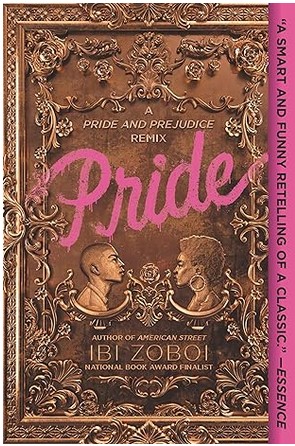
Pride: A Pride & Prejudice Remix

Thieves’ Gambit #1
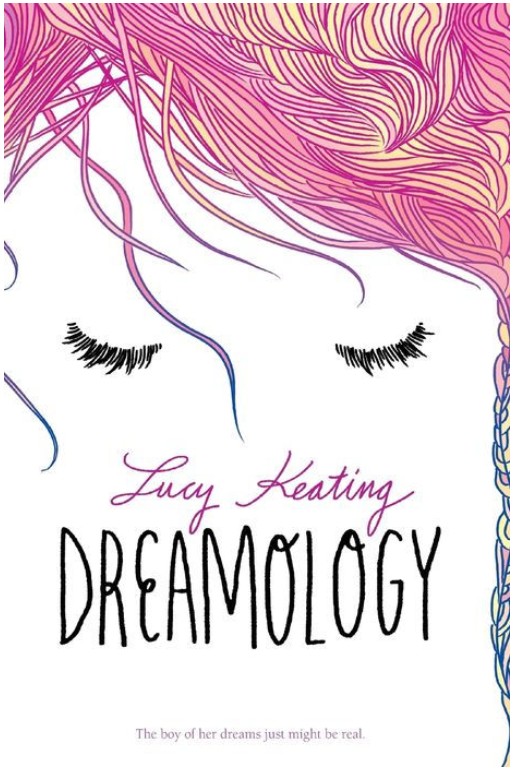
Dreamology
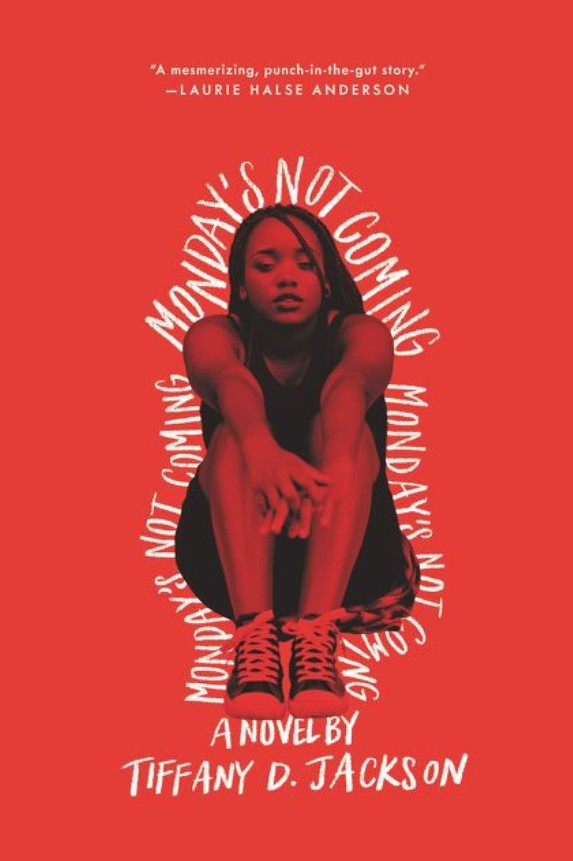
Monday’s Not Coming
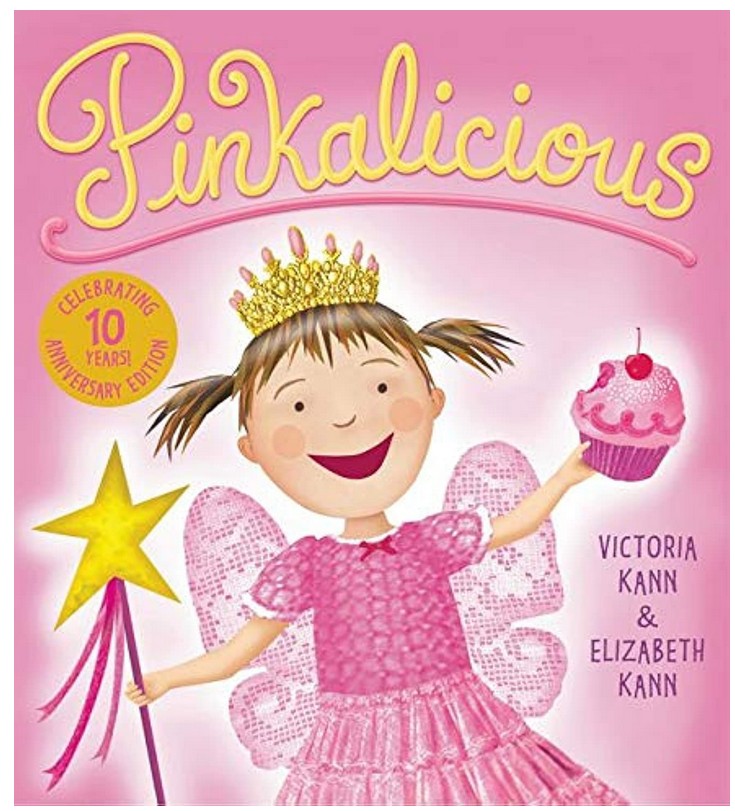
Pinkalicious

Driven

Goodbye Days

Blood of Troy

Will’s Race for Home


